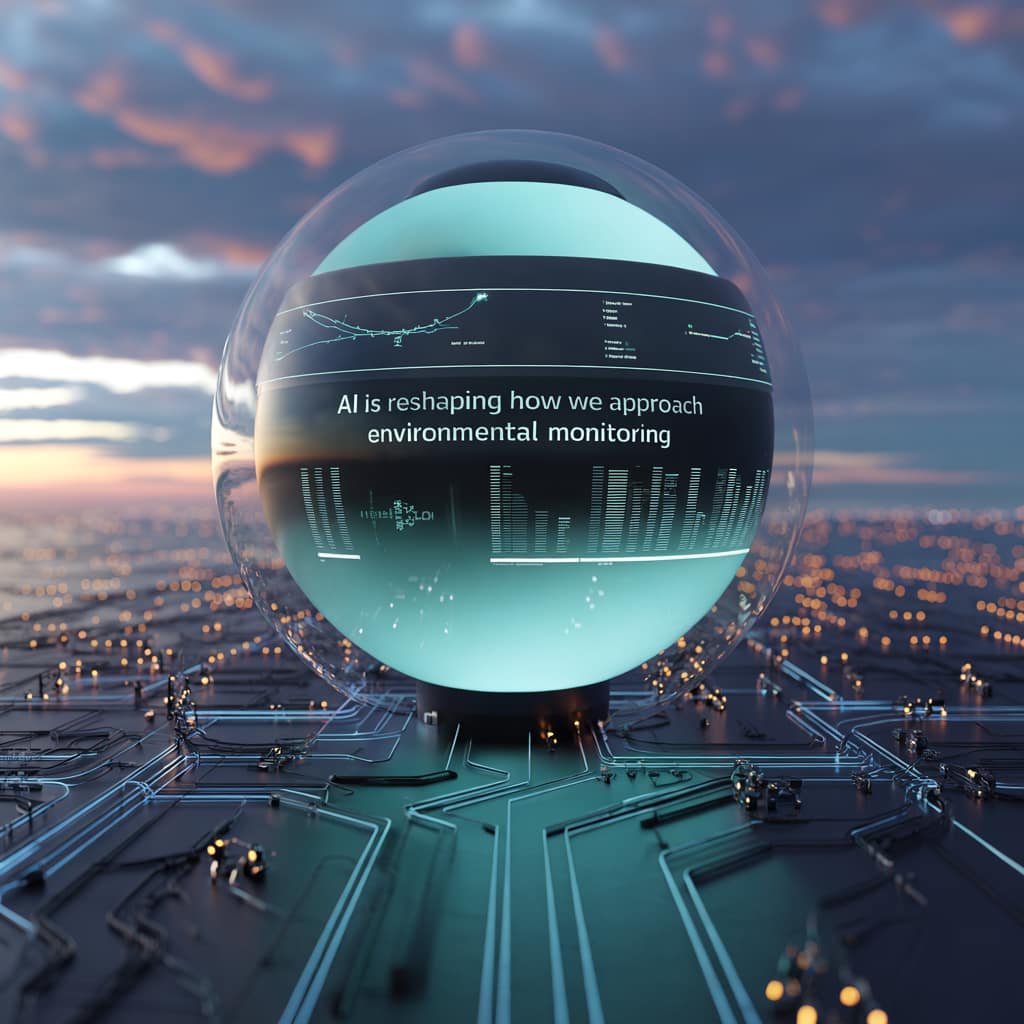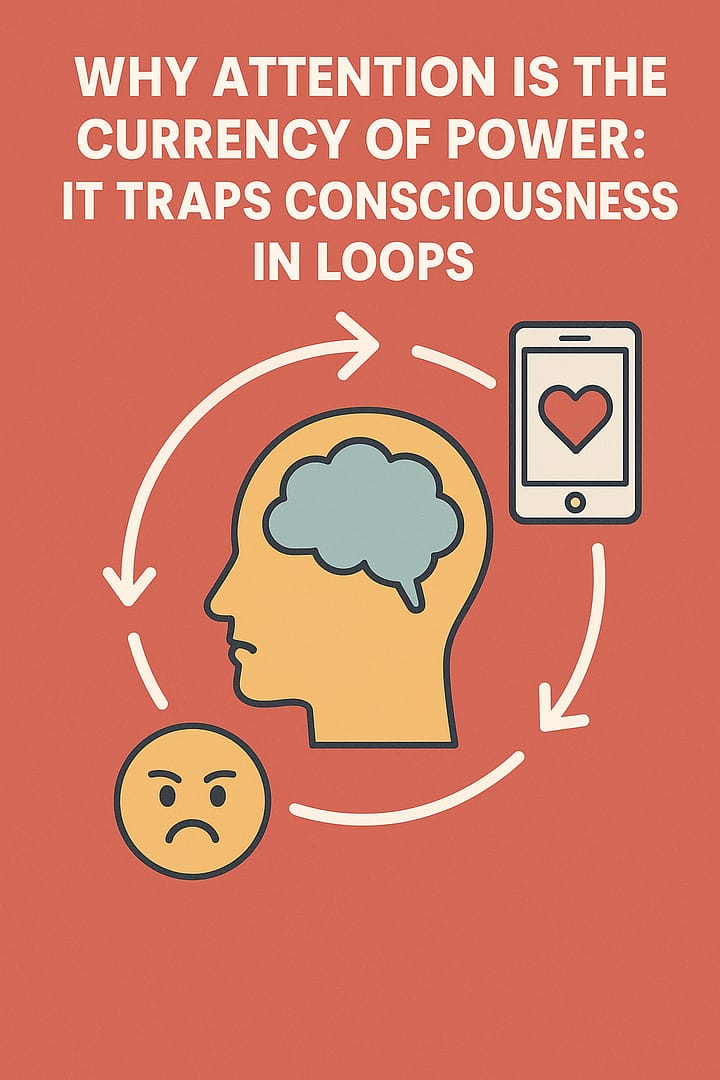AI and the Future of Clean Air
AI and the Future of Clean Air? A Smarter Path to Pollution Control
Air Quality Monitoring AI
Air pollution has emerged as one of the most pressing environmental and public health challenges of our time. It affects millions globally. Triggering respiratory illnesses, cardiovascular diseases, and even premature death… while also accelerating climate change through pollutants like black carbon and ground-level ozone. As both a human and ecological threat, air pollution demands urgent, innovative solutions that go beyond traditional monitoring and reactive policies.
Limitations of Traditional Monitoring and the Need for Innovation
Conventional air quality monitoring systems, typically reliant on stationary sensors and manual data collection, provide valuable but limited insight. These systems are often expensive to deploy and maintain, restricted to specific urban areas, and slow to reflect rapid pollution changes. Especially in developing regions or rapidly urbanizing zones.
This is where Artificial Intelligence (AI) steps in. Not to replace human expertise, but to amplify our capacity to monitor, analyze, and respond to pollution more effectively and equitably.
AI Transforms the Air Quality Landscape
AI is reshaping how we approach environmental monitoring. Through advanced technologies like machine learning, neural networks, and real-time sensor networks, AI enables dynamic, high-resolution air quality tracking across broad geographic regions.
Rather than simply gathering raw data, AI systems learn from it: detecting patterns, anomalies, and trends that help predict pollution spikes before they occur. For example:
- Machine learning models can analyze historical emissions data, weather patterns, and traffic flows to forecast air quality hours or even days in advance.
- Neural networks can process massive sensor feeds in real time, helping authorities take immediate action during pollution surges caused by events like wildfires or chemical leaks.
Cities such as Beijing, Delhi, and Los Angeles have already adopted AI-powered monitoring platforms. Beijing uses AI to manage traffic flows and restrict vehicle access on high-pollution days, while Delhi employs predictive analytics to issue early health advisories. These use cases underscore how AI isn’t theoretical. It’s already making a measurable difference in the fight against urban smog.
Scalable, Smart, and Strategic Solutions
A major strength of AI lies in its scalability. Unlike traditional networks that grow more costly with expansion, AI-powered systems can integrate satellite data, IoT sensors, and crowd-sourced inputs without significantly increasing infrastructure overhead. This allows for:
- Wider geographic coverage, including rural or underserved regions often overlooked by centralized monitoring.
- Fine-grained spatial insights, which are critical in cities where air quality can vary dramatically from one neighborhood to another.
- Real-time alerts via mobile apps and wearable tech, empowering individuals to take timely precautions.
AI is no longer a niche tool. It’s becoming central to national and city-level air quality strategies, particularly as governments prioritize data-driven policymaking in response to worsening pollution and climate-linked health crises.
AI in Action? It Turns Data into Clean Air Strategies
AI doesn’t just monitor pollution. It helps solve it. By analyzing the complex interplay between traffic, industry, weather, and topography, AI systems can trace pollution to its source, whether it’s:
- Vehicular emissions in congested urban corridors,
- Industrial discharge from specific plants,
- Natural phenomena like dust storms or volcanic ash,
- Or even military-related emissions in conflict zones.
These insights help stakeholders design targeted interventions: like rerouting traffic, enforcing factory shutdowns, or issuing advisories to vulnerable populations.
For instance, London’s Breathe London project integrates AI with low-cost sensors to map pollution street by street. Insights from the project have already influenced decisions on school zone traffic restrictions and the expansion of clean air zones.
Such proactive models represent a shift from reactive crisis management to anticipatory governance, where policy is guided by foresight rather than hindsight.
Community Empowerment with AI in Your Pocket
AI is also putting power in the hands of individuals. Thanks to mobile apps, GPT’s wearables, and home air monitors, people can access personalized air quality data and health alerts wherever they are. These tools are vital for those with asthma, COPD, or heart conditions, allowing them to avoid high-risk areas or times.
Examples include:
- IQAir’s AirVisual app, which uses AI to provide hyperlocal forecasts and health recommendations.
- Smart masks and wearables, like Atmotube or AirBeam, which sync with apps to alert users when they enter high-pollution zones.
In parallel, citizen science projects are using AI-powered platforms to collect localized pollution data, especially in underserved areas. These grassroots efforts are vital in holding industries and governments accountable and fostering a culture of environmental awareness and action.
Ethical Challenges and Future Directions
As with any powerful technology, AI’s use in air quality monitoring comes with ethical considerations. Concerns include:
- Data privacy: Real-time environmental tracking could be exploited for surveillance or profiling if safeguards aren’t in place.
- Algorithmic bias: AI systems trained on incomplete or skewed data may reinforce existing inequalities in air quality management.
- Transparency: Citizens must understand how AI models work and how decisions based on those models affect them.
To address these issues, governments, researchers, and technology companies must collaborate on robust frameworks that ensure transparency, equity, and data security. Examples include EU’s AI Act and various open-source AI initiatives for climate and environmental health.
Looking ahead, the integration of AI with IoT, satellite imaging, and 5G networks promises even more precise, predictive, and participatory monitoring systems. These advancements could lead to city-wide digital twins. Virtual replicas of urban environments that simulate pollution scenarios and test the impacts of proposed interventions.
Conclusion? AI as a Catalyst for Cleaner Air
AI is not a silver bullet, but it is a powerful enabler. When combined with sound policy, community engagement, and ethical governance, AI can significantly enhance our ability to understand, manage, and ultimately reduce air pollution.
As cities grow, climates shift, and populations demand healthier living conditions, AI will be a cornerstone of sustainable environmental strategy. Empowering both governments and individuals to breathe easier and live better.

Text with help of openAI’s ChatGPT Laguage Models & Fleeky – Images with help of Picsart & MIB
Air Pollution GPT
Real-time air quality insights, forecasts, and interactive health alerts.
Thank you for questions, shares and comments!
Share your thoughts or questions in the comments below!






